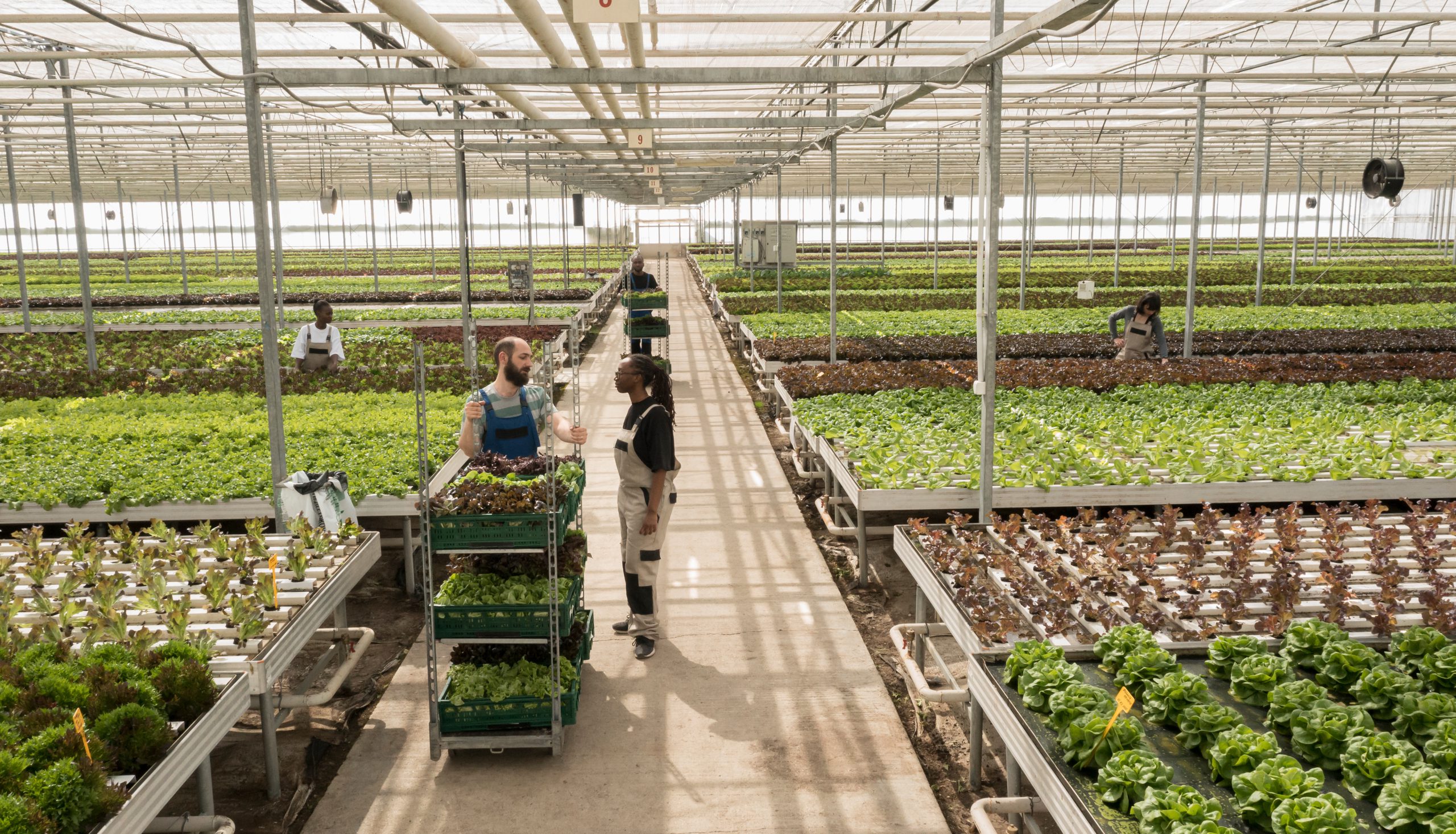
Indoor agriculture has sustainable potential to feed Canada, others, year round experts
The global population is going to reach 9.7 billion by 30 2050. Scientists have estimated that global food production has to rise by about 70% to feed this population.
Some global issues like shortage of water and rising temperatures are the big challenges that traditional farming is facing them. Sooner or later the old and traditional farming method will be useless and incompetent.
This global issue and its consequences shouldn’t be ignored. Several salutations have been suggested and one of them is indoor agriculture. Indoor agriculture is a brilliant idea and is adapted to overcome many challenges to food production is taking. It uses less water and chemicals, letting the crops grow independently from the climate and outdoor weather conditions. So the Sustainable Agriculture goals will be more accessible. Even though indoor farm uses less water, the product is 2 or 3 times more than a normal farm.
artificial intelligence (AI) is used to provide an ideal condition for each specific plant. Such as the optimal temperature and the percentage of CO2.
Indoor farming cannot only tolerate a warming planet but also consume less water and provide sustainable Agriculture helps to decline the climate change rate. One of the most important advantages that should be mentioned is that indoor farming doesn’t need pesticides. As we know pesticides are a risk factor for the environment and human health. Also, water can be polluted by pesticides.
Traditional farming includes transportation expenses because they are located in urban areas but Verticals farms are built in the cities areas or very close to them so it will reduce the transportation expenses.
Many countries are dealing with a water scare. With the help of AI and a sensor system, the exact amount of water for each plant is estimated. Also, a closed system helps the excess water to be recycled and use more often. This technology has a huge impact on saving water and decreasing the waste of each.
The vertical farm doesn’t need a large number of labor for doing the different steps of the farming process. it can be done by individuals with basic skills for managing and packing the harvests. And there is no need for professional laborers. In fact, the additional costs will decrease significantly.
However, the disadvantages should be considered as well. since vertical farming is accomplished in a building and not the outside environment, preventing the entrance of insects. That makes the process of pollination impossible. The solution is man manual pollination. However, this sounds practical but the truth is this process is highly rigorous and expensive.
all these performances need advanced technologies. technology and smart farming agriculture increase efficiency and decrease cost. Although it requires a huge investment to supply a varied range of technologies. A tiny issue in one device or technology can potentially ruin the whole.
In this article, we divide vertical farming and its potential to develop into a Sustainable Agriculture and feed Canada and other countries all year around.


